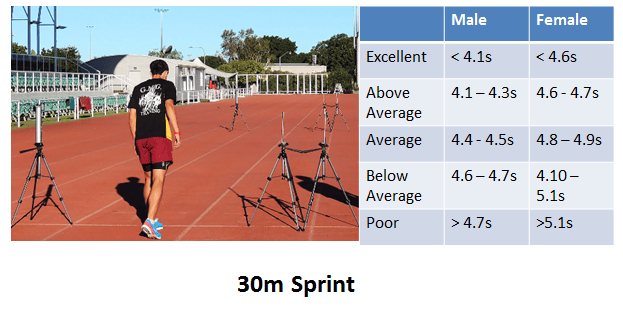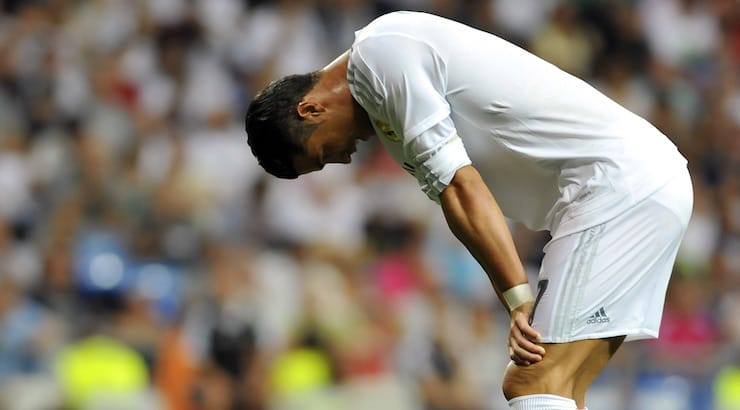I have done a video on the idea of speed reserve and it was received well enough minus the length and some general ramblings. I want to take this time to dive into this concept a little further and more concisely. This may be more than a single event, but we’ll cross that bridge when we get there. Today I want to define it a little further and talk about one major thing that will affect your ability to develop the speed reserve.

So, first off, again, what is the speed reserve? Simply put it’s your maximum velocity or top speed relative to your top game speed. Your max speed is typically measured by a flying 10m with likely a 10m, 20m, or 30m fly-in. This means you get that much distance to build up speed, so you hit the start of the timed 10m with full speed and we measure the time it takes to run 10m at top speed. The 20m seems pretty good to get most athletes’ top speeds; 10m is not enough room to accelerate to get the best reading and 30m for non-track athletes can be a long way to go, especially for younger, smaller, or weaker athletes. So, use the 20m acceleration with 10m after (30m total) and time the last 10m.
After determining the top speed in the best conditions, the top speeds in games and practices should be determined. This can be done via GPS or video analysis using specific software. At Speed Mechanics, we use Titan Sensors to determine top speeds in both games and practices (to learn more about GPS, check out the post on Titan Sensors here, or email me at info@speedmechanics.ca). Back to the speed reserve…The larger the gap the easier those tasks are relative to intensity. If an athlete tests at 9.5 m/s as their top speed – runs the flying 10m in 1.05s – and only hits 8 m/s in a game on a breakaway, then they will reach 84% of their max speed. If someone on defense must keep up with that athlete, but their top speed is 9 m/s, then that is 89% of their relative max. That extra 5% in intensity can be significant if they must do it more than once. That means the defender is going to take that much more time to recover between bouts and their accumulated fatigue throughout the game will increase more rapidly than the individual who runs at 9.5 m/s.
Another way to look at this is if the athlete who can hit 9.5 m/s can run around at 7 m/s or less and remain more aerobic provided they have done enough tempo volume/aerobic prep work (tempo training and volumes will be discussed in future articles). The athlete that runs at 9 m/s can only run at 6.75 m/s or less to remain aerobic. That quarter second difference between the two athletes can be the difference in being at the right place at the right time or being 2 steps behind.

From a recovery perspective or repeat sprint ability point of view, if there is a greater difference between the athletes’ top speed in ideal conditions and their average top game speed, then the athlete is better able to recover between intensive bouts within the game. For more on this, check out Mind Dump Monday 003.
So, what is my point here other than being faster is clearly more awesome? My point is that in order to improve your speed reserves, you need to train to raise your ceiling or top speed. In training, athletes need to challenge that ceiling by running at speeds 90% or greater relative to their current max speed. There are many ways to implement these into your training. The easiest is by spending some of the practice time focused on speed development. After warm-ups, execute 10-15 minutes of dedicated speed work, without a ball, focused on max speed or acceleration 1-3 times per week. This will vary depending on the time of year, the age/skill level of the athletes, and their game/practice schedule.

Please like and share this article. If you have any questions, please post them in the comments below. If there are things you would like me to touch on further, please post them in the comments. If you’re wondering how you can implement this into your program or into your teams’ practice, please email me at info@speedmechanics.ca.


